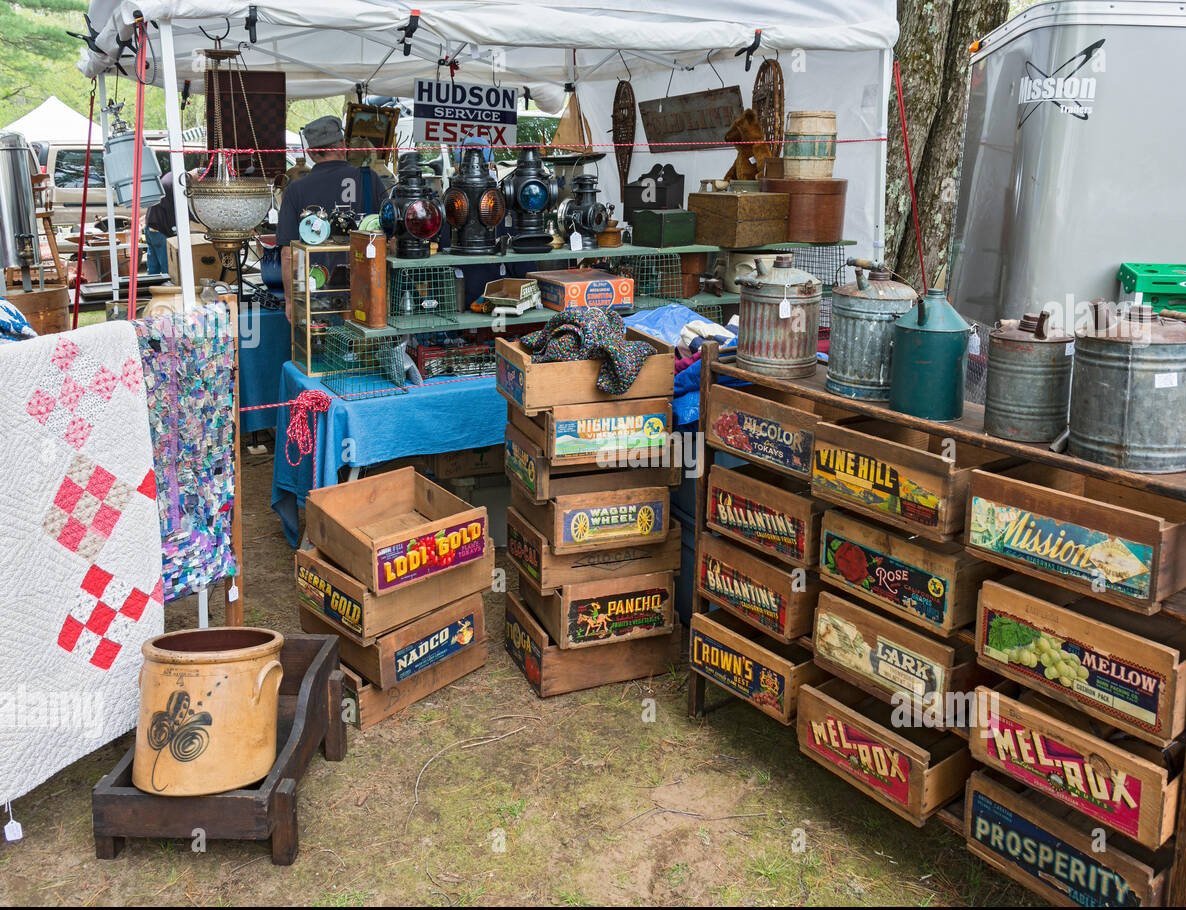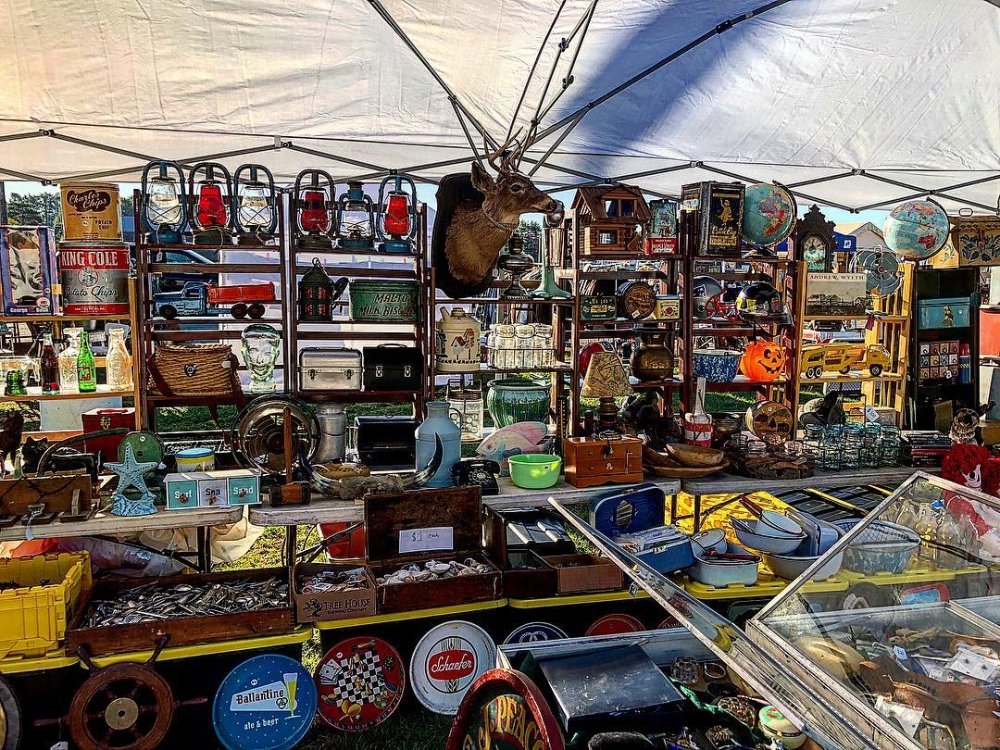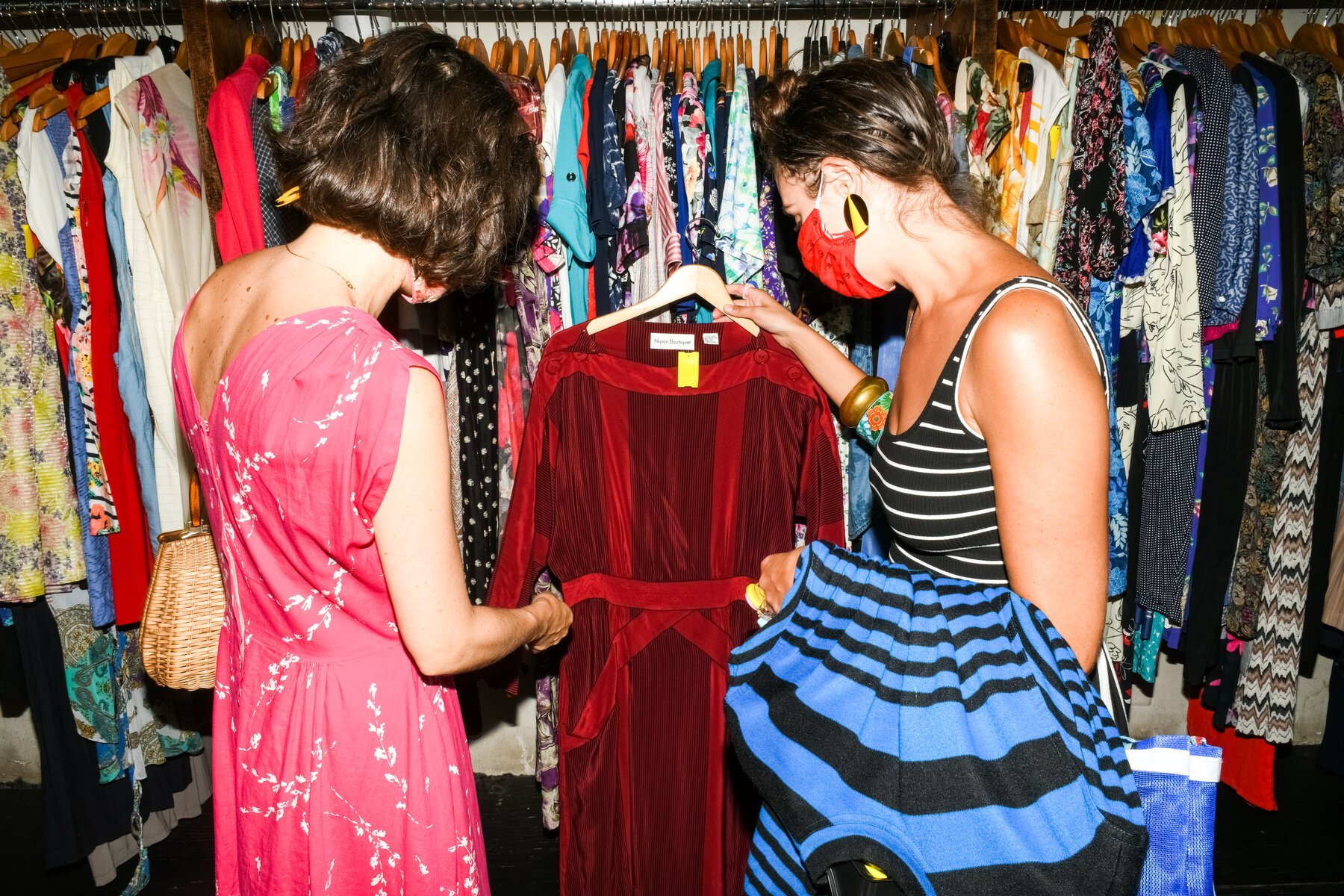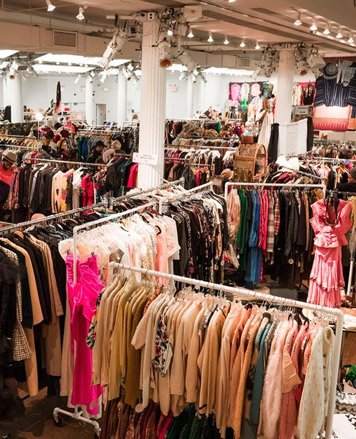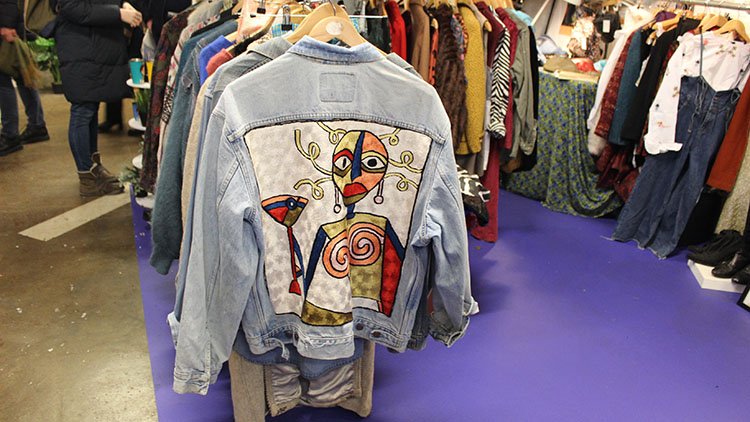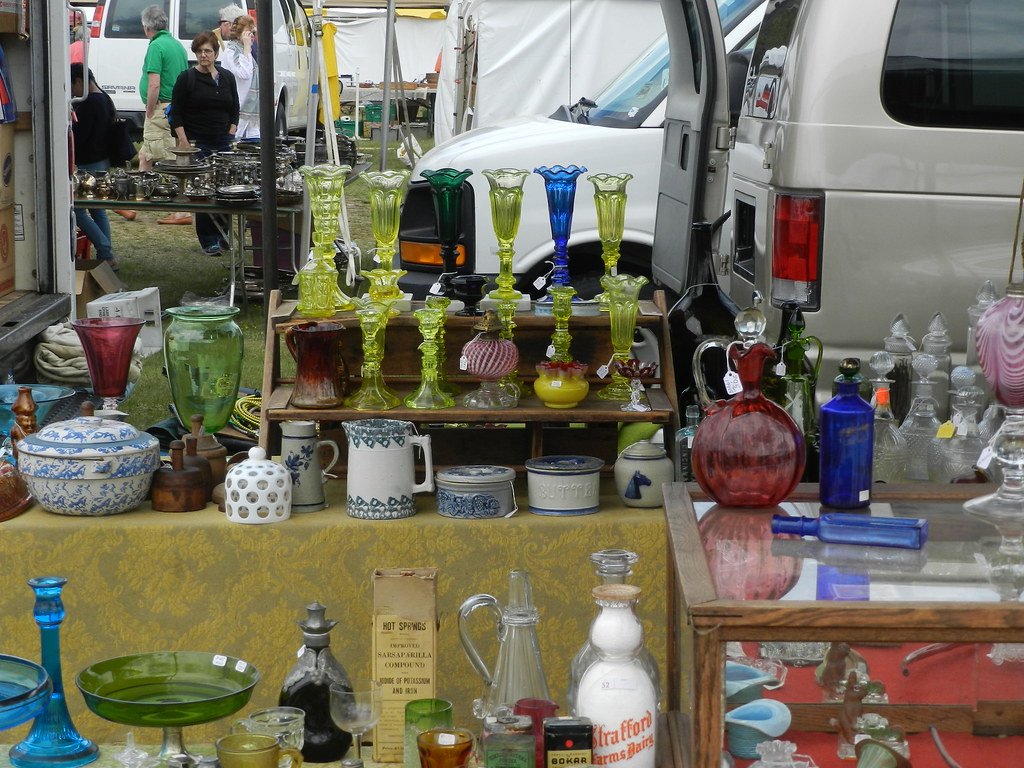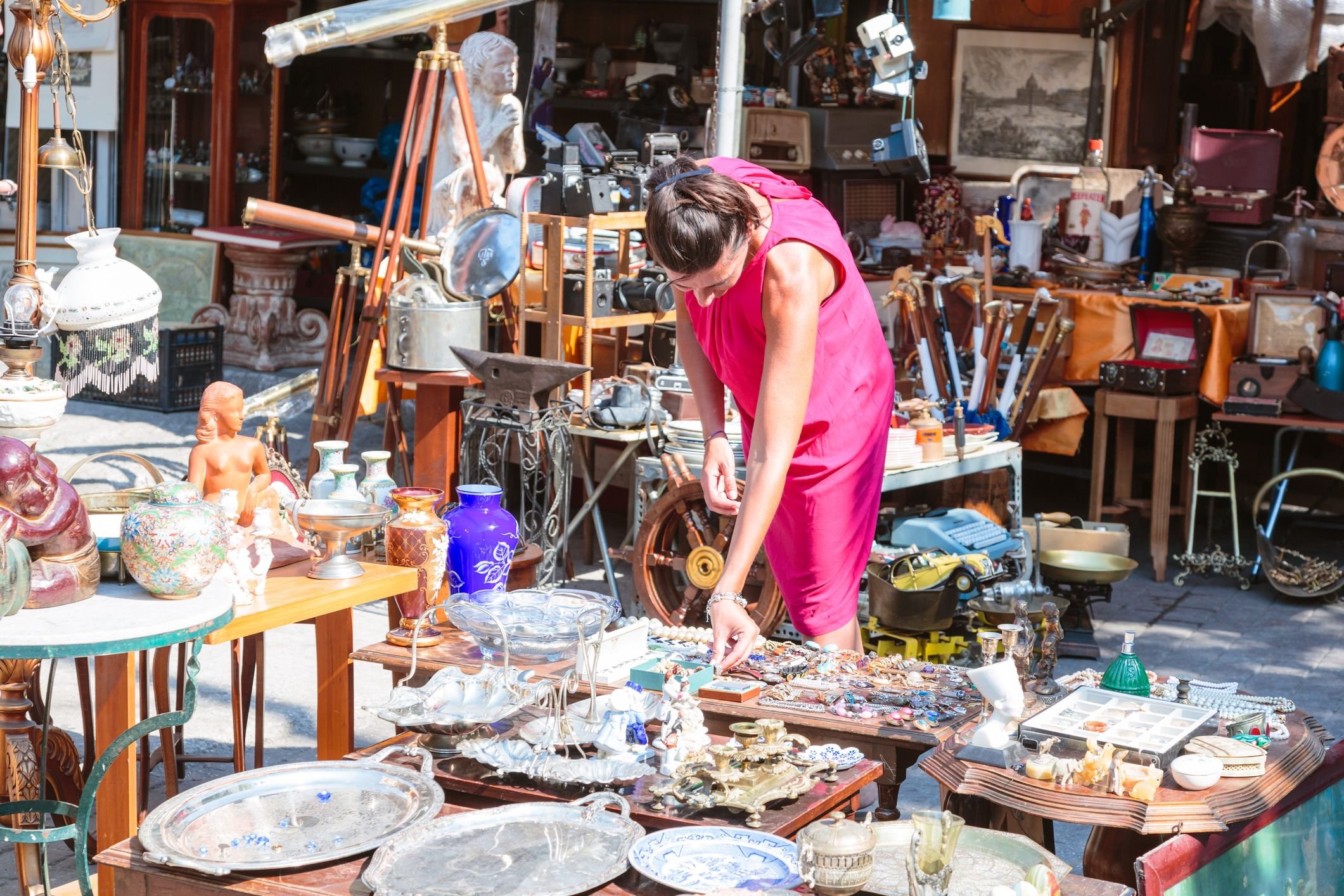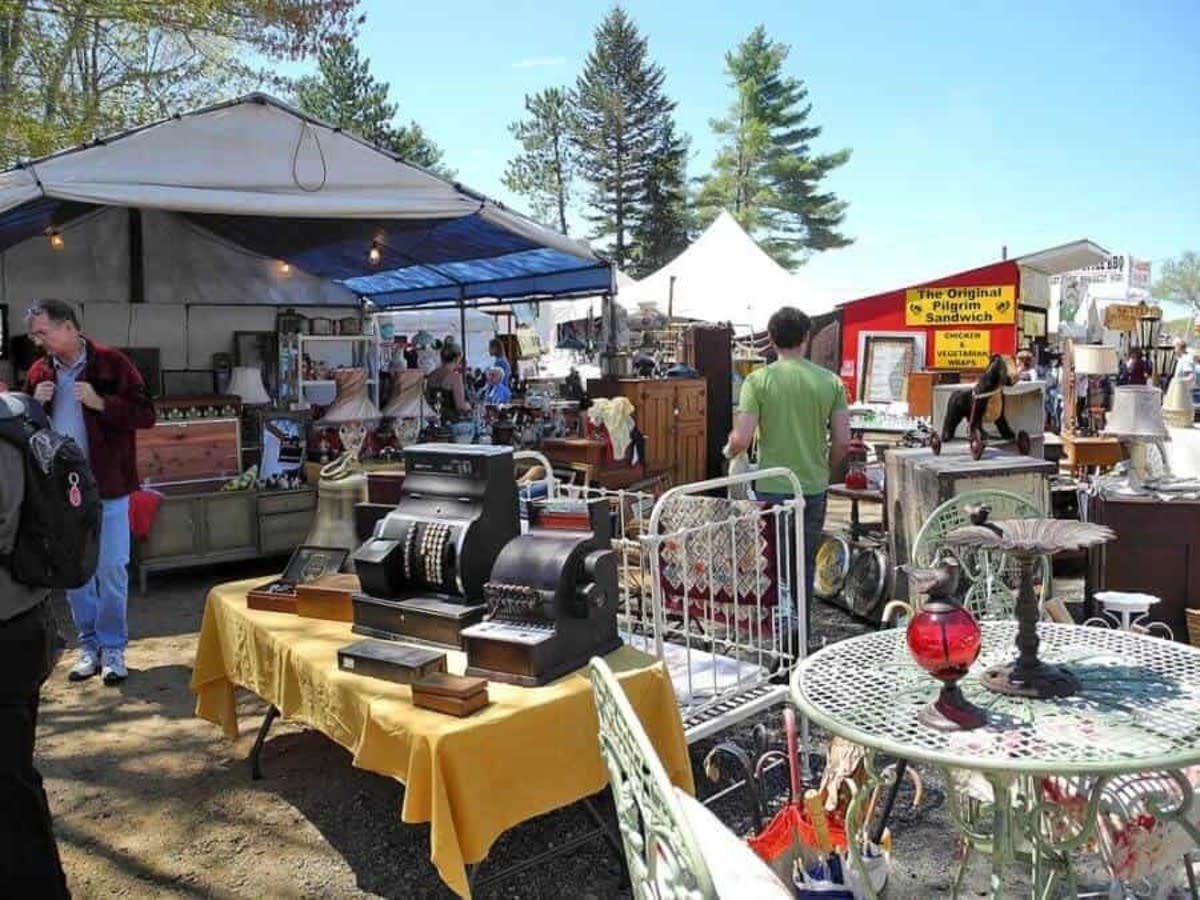Treasure Hunt: A Search for Gems and Gold in Southern Massachusetts
*Article from Lexington Line’s Autumn/Winter 2022 Issue, pages 15-17
Check out the full Issue Here
The winding road to Brimfield reflected my emotions: I was excited to hunt for antiques, confused as to why Brimfield of all places was so popular, and hesitant because it was hot and I’d be exploring among hundreds of strangers.
As I approached the 35-square-mile town, a line of parked cars stretched for miles, closing in on trains of vehicles coming and going. I couldn’t help but watch the waves of people traveling back and forth to their cars with their vintage finds in tow, wishing I’d gotten there sooner.
The Brimfield Antique Show occurs three times a year, in May, July, and September. Booths and tents cover miles of fields and dirt roads, creating a maze for roughly 50,000 attendees to stroll through row by row.
With over 1,000 vendors and roughly 21 independent shows, the small town spectacle has grown in popularity since its inception in 1959. Brimfielders pride themselves on being the Antique and Collectibles Capital of the United States, welcoming international citizens to join in on the hunt for rare and unusual goods. They encourage their history to be shared by and among the vendors, hoping to keep the tradition going for decades to come.
I eventually found a parking spot and joined the sea of people. With the beating sun and the smell of carnival food, I was suddenly surrounded by an abundance of vintage gems. It felt like a dream. I knew that the show consisted of collectibles, vintage clothing and fabrics, small maker’s trinkets, kitchenware, jewelry, and unique furniture that wasn’t sold anywhere but here.
Quince & Quail is an Ashland, New Hampshire-based business that specializes in vintage clothing and antique textiles from the mid-20th century and earlier.
“Often what we bring to Threadbare and Brimfield will be items we've never shown before, which means those who come to shop for inspiration are the first ones to see them,” said a representative from Quince & Quail. “This most likely gives them an upper hand in the design world.”
A small vintage textile vendor, who preferred to remain anonymous, has become so familiar with designers at the Brimfield Antique fair that they’re on a first-name basis.
“I have several designers that visit my Brimfield booth regularly to peruse my antique French and Belgian linens and trims,” he claims. “Tommy [Hilfiger] and Ralph [Lauren] have both used a variety of my trims on their prototypes for their new lines.”
The first vendor that interested me had a perfectly merchandised tent. Fabrics and lace fell from the peak
to the ground on each side. The casually thrown look was not accidental, almost resisting gravity in the way each panel of fabric glided from one spot to another. Underneath the lace maypole were racks of vintage Levi’s, 1950s-style blouses and dresses, and tables decorated with goodies. Beautiful antique broaches, earrings, and rings sparkled underneath the tent. In the middle was a melting pot of neck scarves.
As I dug my way through silk and cotton brushed my hands. Each felt softer than the next, the result of many years of washing—almost like tree rings giving away their age with each new line, the softness of a handkerchief gave away theirs. I dipped in further, determined to see every scarf before I made my selection.
I must’ve looked like a mad woman, elbow deep in the basket, cursing under my breath that one of these could be vintage silk. I persisted until I reached the very last scarf. I lifted my clenched hand in the air and peered up at a dazzling vintage silk Coach neck scarf. The border of the scarf was lined boardgame fashion with diagonal rectangles of chartreuse, burgundy, navy blue, and magenta alongside vibrant shades of orange, baby blue, Kelley green, and cream. Those same colors danced across the rest of the scarf in thin cross-hatching. The silk was adorned with subtle “Coach” scripted along the lines periodically. My eyes grew in wonder at my first- found gem of the day, and my doubts about Brimfield melted away.
Many stylists for the top fashion brands of New York, and sometimes the designers themselves, shop at Brimfield to gain inspiration and find trims and details for their prototype collections. Many booths are curated for vintage lovers, and each piece has been hunted down for the brand name specifically, whether they are designer accessories, mid-century modern furniture, or ‘60s-era dishes that are only known for the artists’ clay stamp. You just have to be willing to dig.
The rest of the day continued in a hot blur; the smell of old books, rich textiles, and sunscreen lingered when I decided to call it quits. Overall, it was a success. I was able to cross everything off of my list, with the added bonus of the Coach scarf. A few other vintages finds that I would give away as gifts include a ginormous wood- framed mirror—that would barely fit in my car, another vintage Coach accessory (this time a brown leather satchel), and a ‘90s sheer purple maxi dress that I paid way too much for.
But as I headed back to my car, I couldn’t help but laugh at how I had questioned the significance of Brimfield.
The small town sure packed a large punch, leaving an impression of its influence in the fashion industry. Even I, a New York fashion student, had struck gold in southern Massachusetts and was going home with my hands full.


